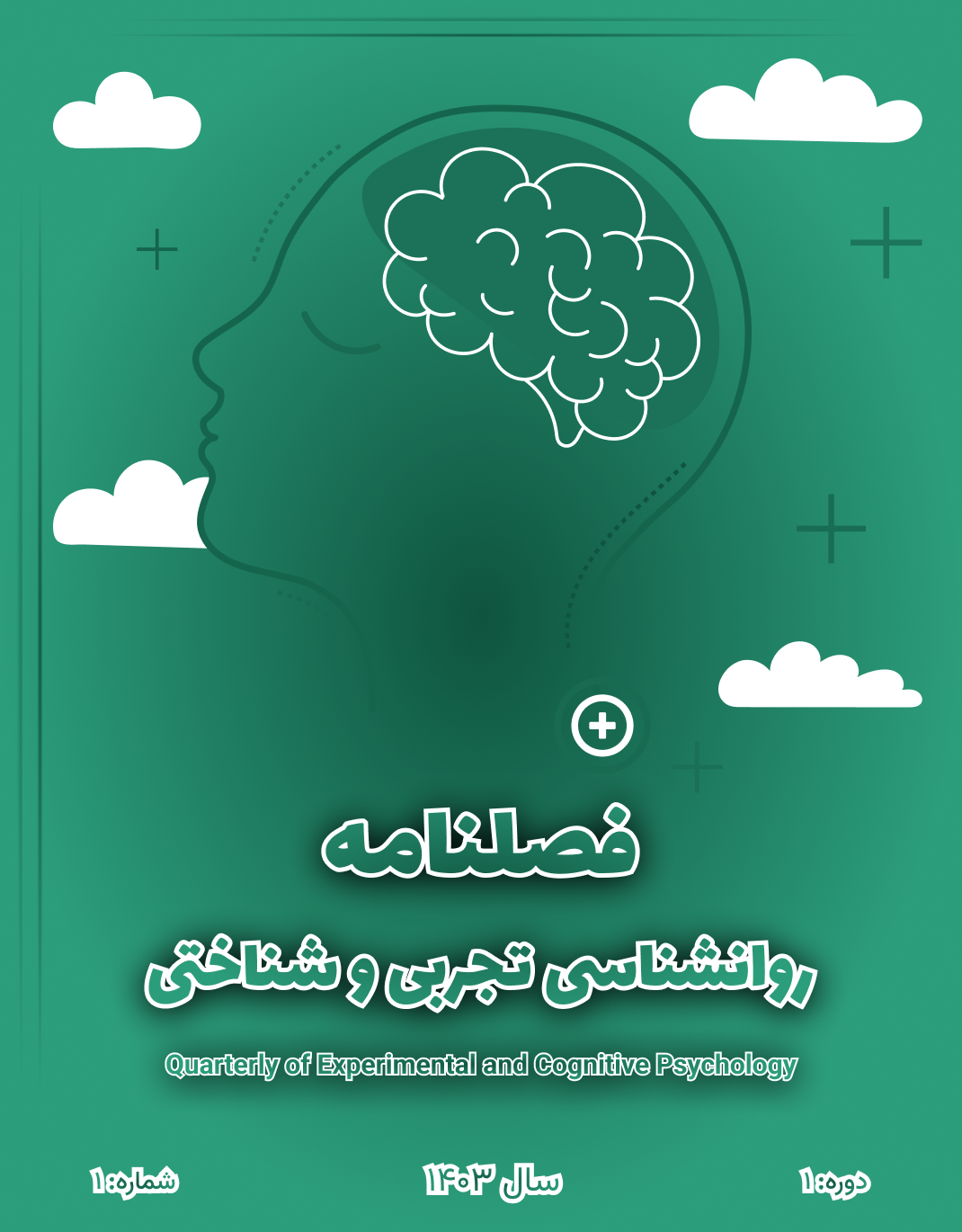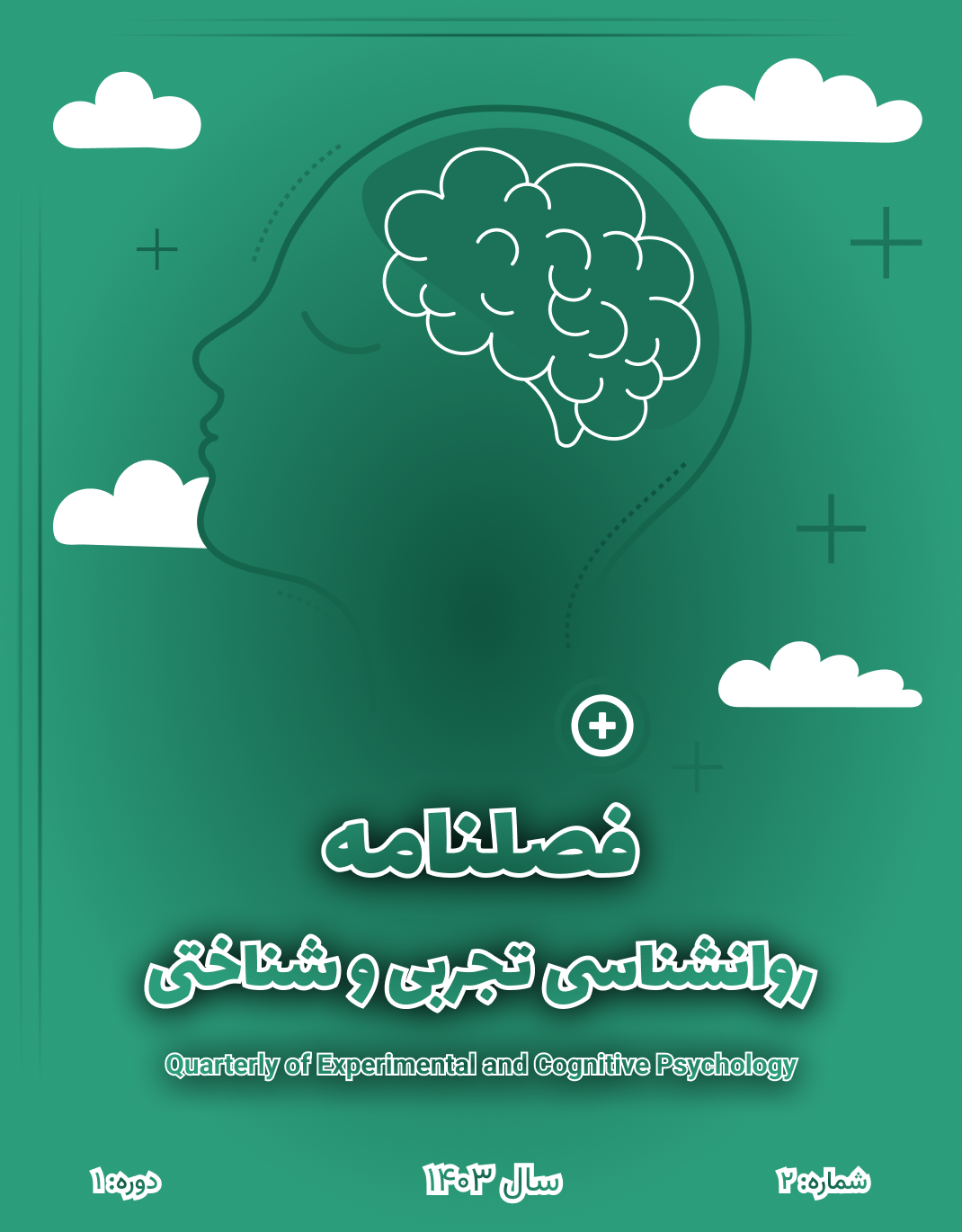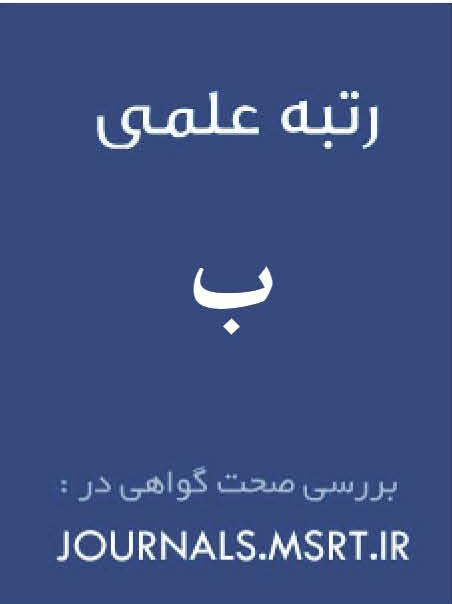بررسی رابطه میان میزان كیفیت زندگی و امید به زندگی و احساس تنهایی در افراد جوان
کلمات کلیدی:
ميزان كيفيت زندگي , امید به زندگیچکیده
هدف: این پژوهش به منظور بررسی رابطه میان میزان كیفیت زندگی و امید به زندگی و احساس تنهایی در افراد جوان میپردازد.
مواد و روشها: در این پژوهش توصیفی-همبستگی جامعه آماری 2132 نفر میباشند كه با استفاده از جدول مورگان کریسی، تعداد نمونه 325 نفری انتخاب شد. برای جمع آوری اطلاعات میدانی از 3 پرسشنامة كیفیت زندگی سازمان بهداشت جهانی- فرم كوتاه شامل 26 سوال و احساس تنهایی دهشیری و همکاران (1378) شامل 38 سوال و امید به زندگی میلر شامل 48 سوال، براساس مقیاس لیكرت استفاده شد. پس از جمع آوری دادههای پرسشنامه ها، اطلاعات بدست آمده، ابتدا مورد تحلیل توصیفی و استنباطی و سپس فرضیهها بررسی شدند.
یافتهها: نتایج بدست آمده از این پژوهش بر پایه فرضیات نشان میدهد كه بین كیفیت زندگی و امید به زندگی با احساس تنهایی در افراد رابطة معناداری وجود دارد.
نتیجهگیری: بنابراین، میتوان نتیجه گرفت که کیفیت زندگی میتواند اساس امید به زندگی و احساس تنهایی در افراد را جوان پیشبینی کند.
دانلودها
مراجع
Ahmadboukani, S., Ghamarigivi, H., Kiani, A., & Rezaeisharif, A. (2022). Childhood Experiences and Depressive Symptoms- Suicidal tendencies: A Mediating Role of Rumination and Thwarted Belongingness [Original Research]. Journal of Police Medicine, 11(1), 1-14. https://doi.org/10.30505/11.1.2
Ahmadi, M., Mir Hosseini, H., & Monirpour. (2019). A Predictive Model of Self-Injurious Behaviors and Suicidal Tendency Based on Attachment Styles and Personality Organization in Adolescent Students: The Mediating Role of Cognitive Emotion Regulation Strategies. Quarterly Journal of Applied Psychological Research, 10(3), 101-117. https://japr.ut.ac.ir/article_73873.html
Anvari, S. M., & Mansouri, A. (2023). The Relationship between Cyberbullying Victimization and Non-Suicidal Self-Injury and Suicide Behaviors in Adolescents: The Mediating Role of Emotion Regulation. Clinical Psychology and Personality, 21(2), 129-138. https://doi.org/10.22070/cpap.2023.17691.1358
Aouidad, A., Cohen, D., Mirkovic, B., Pellerin, H., Garny de La Rivière, S., Consoli, A., Gérardin, P., & Guilé, J.-M. (2020). Borderline personality disorder and prior suicide attempts define a severity gradient among hospitalized adolescent suicide attempters. BMC psychiatry, 20(1), 525. https://doi.org/10.1186/s12888-020-02930-4
Batey, H., May, J., & Andrade, J. (2010). Negative Intrusive Thoughts and Dissociation as Risk Factors for Self-Harm. Suicide and Life-Threatening Behavior, 40(1), 35-49. https://doi.org/10.1521/suli.2010.40.1.35
Brahim, S., Aoun, M., Charaa, O., Henia, M., Abid, A., & Zarrouk, L. (2021). Factors for Suicide Attempt Recurrence Among Patients With Borderline Personality Disorder. European Psychiatry, 64(S1), S585-S585. https://doi.org/10.1192/j.eurpsy.2021.1561
Brausch, A. M., Clapham, R. B., & Littlefield, A. K. (2022). Identifying specific emotion regulation deficits that associate with nonsuicidal self-injury and suicide ideation in adolescents. Journal of youth and adolescence, 1-14.
Briones-Buixassa, L., Alí, Í., Schmidt, C., Nicolaou, S., Pascual, J. C., Soler, J., & Vega, D. (2021). Predicting Non-Suicidal Self-Injury in Young Adults with and without Borderline Personality Disorder: a Multilevel Approach Combining Ecological Momentary Assessment and Self-Report Measures. Psychiatric Quarterly, 92(3), 1035-1054. https://doi.org/10.1007/s11126-020-09875-7
Cameron, A. Y., Erisman, S., & Palm Reed, K. (2021). The relationship among shame, nonsuicidal self-injury, and suicidal behaviors in borderline personality disorder. Psychological Reports, 123(3), 648-659. https://doi.org/10.1177/0033294118818091
Fowler, J. C., Madan, A., Allen, J. G., Oldham, J. M., & Frueh, B. C. (2019). Differentiating bipolar disorder from borderline personality disorder: Diagnostic accuracy of the difficulty in emotion regulation scale and personality inventory for DSM-5. Journal of affective disorders, 245, 856-860.
Hsieh, C., Charak, R., Cano-Gonzalez, I., Gonzalez, L., Roley-Roberts, M. E., & Hovey, J. D. (2022). Perceived burdensomeness and thwarted belongingness influence the childhood polyvictimization and suicide ideation association among Hispanic undergraduates. Death Studies, 46(8), 1792-1800. https://doi.org/10.1080/07481187.2020.1846227
Jeong, H., Kim, D., & Kim, E. K. (2021). Confirmatory factor analyses of the dissociative experiences scale in schizophrenia: Results from two psychiatric samples in South Korea. European Journal of Trauma & Dissociation, 5(4), 100192. https://doi.org/10.1016/j.ejtd.2020.100192
Khandaghi Khameneh, Z., Zargham Hajebi, M., & Jalali, M. R. (2023). Development of a suicidal tendency model in borderline personality disorder patients based on perceived burden and suicidal acquisition capacity through pessimistic attribution style. Journal of Adolescent and Youth Psychological Studies (JAYPS), 4(9), 99-109. https://doi.org/10.61838/kman.jayps.4.9.11
Kothgassner, O. D., Goreis, A., Robinson, K., Huscsava, M. M., Schmahl, C., & Plener, P. L. (2021). Efficacy of dialectical behavior therapy for adolescent self-harm and suicidal ideation: a systematic review and meta-analysis. Psychological medicine, 51(7), 1057-1067. https://doi.org/10.1017/S0033291721001355
Lee, Y.-J., Keum, M.-S., Kim, H.-G., Cheon, E. J., Cho, Y.-C., & Koo, B.-H. (2020). Defense Mechanisms and Psychological Characteristics According to Suicide Attempts in Patients With Borderline Personality Disorder. Psychiatry Investigation. https://doi.org/10.30773/pi.2020.0102
Maples, J., Carter, N. T., Few, L. R., Crego, C., Gore, W. L., Samuel, D. B., Williamson, R., Lynam, D. R., Widiger, T. A., Markon, K. E., Krueger, R. F., & Miller, J. D. (2015). Testing Whether the DSM-5 Personality Disorder Trait Model Can Be Measured With a Reduced Set of Items: An Item Response Theory Investigation of the Personality Inventory for DSM-5. Psychological assessment, 27(4), 1195-1210. https://doi.org/10.1037/pas0000120
Mirkovic, B., Delvenne, V., Robin, M., Pham‐Scottez, A., Corcos, M., & Speranza, M. (2021). Borderline Personality Disorder and Adolescent Suicide Attempt: The Mediating Role of Emotional Dysregulation. BMC psychiatry, 21(1). https://doi.org/10.1186/s12888-021-03377-x
Moselli, M., Casini, M. L., Frattini, C., & Williams, R. (2021). Suicidality and Personality Pathology in Adolescence: A Systematic Review. Child Psychiatry & Human Development, 54(2), 290-311. https://doi.org/10.1007/s10578-021-01239-x
Öztürk, E., & Şar, V. (2008). Somatization as a Predictor of Suicidal Ideation in Dissociative Disorders. Psychiatry and clinical neurosciences, 62(6), 662-668. https://doi.org/10.1111/j.1440-1819.2008.01865.x
Renaud, J., Berlim, M. T., McGirr, A., Tousignant, M., & Turecki, G. (2018). Current psychiatric morbidity, aggression/impulsivity and personality dimensions in child and adolescent suicide: A case-control study. Journal of affective disorders, 105(1-3), 221-228. https://doi.org/10.1016/j.jad.2007.05.013
Sajjadpour, S. H., HeydariNasab, L., Shairi, M., & Gholami Fesharaki, M. (2020). Comparison of Dissociative Experiences and Difficulties in Emotion Regulation Between Suicide Ideators and Suicide Attempters. nkums-journal, 12(2), 57-63. https://doi.org/10.52547/nkums.12.2.57
Shahani, S., & Mansouri, A. (2023). The mediating role of cognitive emotion regulation in the relationship between borderline personality traits and non-suicidal self-injury in students. Clinical Psychology and Personality, 21(1), 33-42. https://doi.org/10.22070/cpap.2023.17094.1302
Shamsabadi, A., Ahi, Q., Bahreinian, S. A., Mansouri, A., & Shahabizadeh, F. (2023). The Mediating Role of Difficulties in Emotion Regulation and Personality Organization in the Relationship between Object Relations and Non-suicidal Self-injury. Rooyesh-e-Ravanshenasi Journal (RRJ), 12(6), 151-162. http://frooyesh.ir/article-1-4498-fa.html
Singh, P. K., & Rao, V. R. (2018). Explaining suicide attempt with personality traits of aggression and impulsivity in a high risk tribal population of India. PLoS One, 13(2), e0192969. https://doi.org/10.1371/journal.pone.0192969
Soffer-Dudek, N. (2023). Obsessive-compulsive symptoms and dissociative experiences: Suggested underlying mechanisms and implications for science and practice. Frontiers in psychology, 14, 1132800. https://doi.org/10.3389/fpsyg.2023.1132800
Stratton, N., Mendoza Alvarez, M., Labrish, C., Barnhart, R., & McMain, S. (2020). Predictors of dropout from a 20-week dialectical behavior therapy skills group for suicidal behaviors and borderline personality disorder. Journal of personality disorders, 34(2), 216-230. https://doi.org/10.1521/pedi_2018_32_391
Valencia, J., & Sinambela, F. C. (2021). Non-Suicidal Self-Injury in Those Dealing With Borderline Personality Disorder or Separation From Parents. Kne Social Sciences. https://doi.org/10.18502/kss.v4i15.8190
Watson, D., & Clark, L. A. (2020). Personality traits as an organizing framework for personality pathology. Personality and Mental Health, 14(1), 51-75. https://doi.org/10.1002/pmh.1458
Weatherford, J. V., Ruork, A. K., Yin, Q., Lopez, A. C., & Rizvi, S. L. (2024). Shame, suicidal ideation, and urges for non‐suicidal self‐injury among individuals with borderline personality disorder receiving dialectical behavior therapy: The mediating role of anger. Suicide and Life‐Threatening Behavior. https://onlinelibrary.wiley.com/doi/epdf/10.1111/sltb.13045
Zohreh, M., Armin, M., & Ali, T. (2023). Modeling the Relationship between Early Maladaptive Schemas, Personality Traits and Suicidal Tendency with Mediating roles of Self-Efficacy and Meaning of Life in Teenagers of Gachsaran City. Islamic Lifestyle Centered on Health, 7(2), 317-328. https://www.magiran.com/paper/2712744






